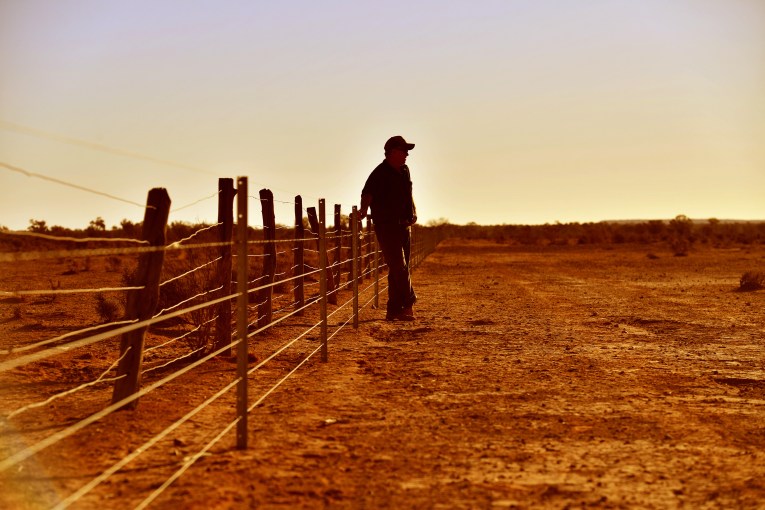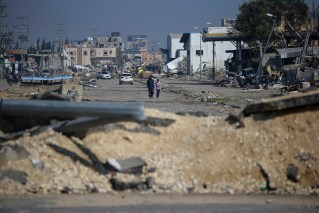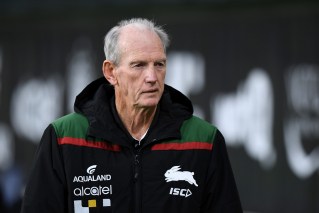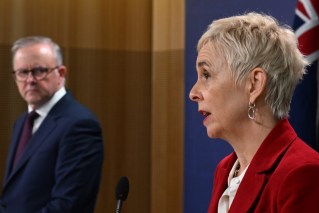World of pain: 6 million reasons why hospitals are hurting – and why it’s getting worse
For every new hospital bed announced, administrators need to find 10 staff to keep them operational, which is no easy task in a world suffering acute medical workforce shortages.


The state government has moved to support women with endometriosis. (File image - Australian Nursing and Midwifery Journal)
The daunting staff-to-bed ratio, laid bare by Queensland Health’s acting director-general Shaun Drummond at a breakfast in Brisbane last week could mean a further 37,000 hospital staff will be needed in the next ten years.
This figure doesn’t include staff who are needed in aged care, GP clinics and private settings.
Drummond’s assessment delivered to the Australian College of Health Service Management comes in the wake of the Palaszczuk Government’s post-budget spending spree on public health, which promises to create a further 2509 beds in hospitals from Brisbane to Cairns, including a brand new facility in Bundaberg.
The need for thousands more staff also comes as the worldwide shortage of nurses tops six million, with the International Council of Nurses predicting this could blow out to 13 million by 2030 based on current trends, four million higher than the World Health Organisation’s estimate.
Government workforce statistics put the state’s nursing and midwife numbers at just over 38,500, but an ageing workforce with an average age in the mid 40s will retire over the next 10-15 years, while current staff are under extreme stress and at risk of burnout, according to Queensland Nurses and Midwives’ Union (QNMU) acting secretary Kate Veach.
Veach said the QNMU had called on Queensland Health (QH) and the federal government of the day to develop a real plan to increase the number of skilled nurses and midwives working and training in Queensland long before the pandemic had strained resources.
“Queensland nurses and midwives know our public hospitals are stretched to breaking with hospital and health services under mounting pressure state-wide for years,” she said.
“Increased demand and the failure to properly plan for population growth and surge demand have seen pre-existing staff shortages worsen in recent years. The Covid-19 pandemic has exposed issues in public, private and aged care systems world-wide, and Queensland is no different.”
Veach said the current Covid and flu surge was also putting more health workers on sick leave or personal leave to care for family members. At last count the number was 2000, Health Minister Yvette D’Ath told reporters on Thursday.
Drummond said the challenge ahead for health planners wasn’t only about the lack of skilled people.
He said pressure was mounting on the sector due to two, rapidly-developing pincer movements: population growth and complexity growth, in terms of the degree of difficulty encountered by medical staff in treating patients with multiple presentations, particularly mental health challenges and chronic illness.
Drummond described the work undertaken by doctors and nurses as “units of clinical activity”, which would need to accelerate beyond what might be humanly possible in the current environment.
“If we continue to grow at the same rate as we have over the last six years, by 2050 our clinical activity would have increased by 250 per cent,” he said.
Drummond has suggested massively reducing the administrative workload currently placed on medical staff.
Veach said four Queensland unions representing health workers have called for urgent action via the ‘Health Needs Urgent Care’ campaign.
She said the QNMU, Together Union (Together), the United Workers Union (UWU) and the Electrical Trades Union (ETU) have called for a swift and serious re-evaluation of how Queensland’s public hospitals and health services are funded, designed, staffed and operated.
“We believe this must occur now to ensure demand surges are met safely and valuable taxpayer dollars best spent,” she said
“Identified solutions include better health system design, enhanced connection between services, the improved management and prioritisation of health services and new fit for purpose federal and state government healthcare funding frameworks.”
Veach, who is currently engaged with the government in enterprise bargaining for public sector nurses and midwives, said workforce planning must also include fair wages and safe conditions to attract and retain skilled staff and graduates.
“A fair wage rise, which keeps up with the cost of living, and an enterprise agreement which reduces our members’ workloads is critical to the recruitment and retention of nurses and midwives in this state,” she said.












